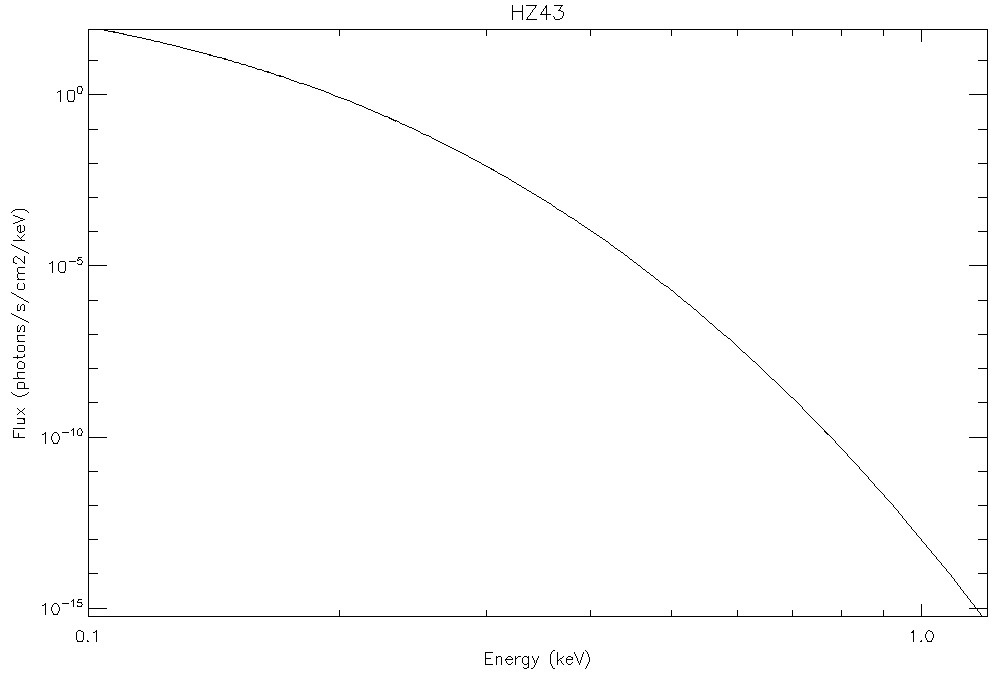Working Group
- Members
Vadim Burwitz (chair, ROSAT, Chandra, XMM,eROSITA)
Jelle Kaastra (Chandra, Modeling)
Herman Marshall (Chandra)
Norbert Schulz (Chandra)
Jeremy Drake (Chandra)
Steve Sembay (XMM EPIC-MOS)
Cor de Vries (XMM RGS)
Vadim Burwitz (Chandra)
Tadayasu Dotani, Eric Miller (Suzaku)
Isolated Neutron Stars
- Objects
RX J1856.5-3754
PSR B0656+14 - Data RX J1856.5-375
- Instruments:
- Chandra LETG + ACIS-S / HRC-S
- XMM EPIC-pn SW
- SWIFT
- Astrosat SXT
- NICER
- Hitomi
- XRISM (new)
- Einstein Probe FXT (new)
- SVOM-MXT (Launch June 2024)
- eROSITA calibration observations
- 2019 10 24 78 ksec
- 2020 04 02 36 ksec
- 2020 10 07 61 ksec
- 2019 10 24 78 ksec
- Chandra LETGS+HRC-S observations
500ks OBS_IDs: 00113 03380 03381 03382 03399
120ks OBS_IDs: 14418 15293
- 172ks OBS_IDs: 21693 21896 22282 22283 22284
Chandra LETG + ACIS-S
- Models
RX J1856.5-3754 based on the CHANDRA LETGS + HRCS Data
delchisqr = 1 ( = 1 sigma for 1 parameter)
tbabs*bbodyrad
chiqs = 692.6
dof =1251
chired = 0.55367
nh = (7.24 +/- 0.34 ) * 1e19 cm-2
kT = ( 62.38 +/- 0.38 ) eV
norm = (1.580 +/- 0.064) * 1e5phabs*bbodyrad
chiqs = 696.0
dof =1251
chired = 0.55636
nh = (7.37 +/- 0.35 ) * 1e19 cm-2
kT = ( 62.43 +/- 0.38 ) eV
norm = (1.576 +/- 0.065) * 1e5
White Dwarfs
- Objects
HZ 43, Sirius B, GD 153
- Missions
EUVE, ROSAT, Chandra, XMM-Newton, Astrosat SXT
- Data
- Chandra
- HZ 43
- Chandra
- Sirius B
- GD 153
- Results
see papers
HZ43 Fitting Functions
Two atmosphere models are relevant for analysis. One is the atmosphere model used by Beuermann et al 2006, which is a TMAP white dwarf atmosphere model from Werner et al. Another model is known as "model 15." Model 15 is adopted by the IACHEC working group for spectral fitting.
C. Markwardt has developed a fitting function that can be used for both models. This model is simple to use in fitting packages like XSPEC and can be easily adapted to other fitting packages. Here we use the "mdefine" capability of XSPEC, but the model is readable into any format. The model is a modified blackbody spectrum, whose "energy" is a polynomial of several terms. The kT value is the white dwarf temperature in keV, and the norm is the expected norm. (Note that a 2021 version of XSPEC or later is required)
The units of the model are ph/s/cm2/s, which is suitable for X-ray fitting applications. Where necessary, the units from other origins are converted to the quoted units.
Beuermann et al Atmosphere Model
The Beuermann et al 2006 paper uses the TMAP white dwarf atmosphere model of Werner et al for fitting. For the purposes of calibration efforts, C. Markwardt developed a fitting function that can be used in place of the full atmosphere model. The fit was done in the 0.1 - 1 keV range. Note that Beuermann et al INCLUDE interstellar absorption in their model, so it is not necessary to provide an additional absorption component.
mdefine poly_hz43 e*(0.955968 + e*(-0.699684 + e*(0.555432 + e*(-0.292088 + e*0.069582))))+dummy
mdefine hz43 8.0525*poly_hz43(0.0)**2/kT**4/(exp(poly_hz43(0.0)/kT)-1.0)
and then defined as
model hz43
0.0130643 -0.0001 0.01 0.01 0.02 0.02
0.0395467 0.001 0 0 1e+20 1e+24
Here the temperature of ~0.013 keV is the best-fit temperature using this fitting function, and does not represent the true white dwarf temperature, but allowing kT to varydoes allow one to verify that the spectral shape converges to Beuermann's. The norm of ~0.039 is the best-fit norm, and again is physically meaningless other than as a fitting coefficient.
Model 15 (IACHEC Working Group Reference Model)
Model 15 is the IACHEC working group's reference model. This model is slightly different from the Beuermann model, at the 1% level in the 0.15-0.8 keV energy range. There are some small feature differences, although overall the models are very similar as one might expect.
Note that Model 15 INCLUDES interstellar absorption in the model, so it is not necessary to provide an additional absorption component. (TO BE VERIFIED)
mdefine poly_model15 e*(0.97298342 + e*(-0.70321279 + e*(0.5436520 + e*(-0.27676659 + e*0.063628444))))+dummy
mdefine model15 8.0525*poly_model15(0.0)**2/kT**4/(exp(poly_hz43(0.0)/kT)-1.0)
and then defined as
model model15
0.013322768 -0.0001 0.01 0.01 0.02 0.02
0.040367661 0.001 0 0 1e+20 1e+24
Again, the kT~0.13 and norm~0.04 parameters are not physical temperatures or neutron star radii. Rather, they are phenomenological fitting function parameters, but allowing them to vary can indicate how well the instrument being calibrated recovers the reference spectrum.
Using this model results in the following curve in the photon spectrum. The Beuermann, Model 15, and fitting functions are overplotted and are indistinguishable at the plotting scale.
The following plot shows the ratio residuals for the fitting function relative to the reference model.
The trace in black is (hz43 / Beuermann) and gray is (model15 / Model 15). It is clear that in the relevant
energy range of 0.2 - 1.0 keV, the maximum residual is 1%. Thus, this fitting function is applicable for cases
where systematic or statistical uncertainties are greater than 1%.
Papers
- http://cdsads.u-strasbg.fr/abs/2006A%26A...458..541B Beuermann, K., Burwitz, V., Rauch, T. 2006: ''Establishing HZ43 A, Sirius B, and RX J185635-3754 as soft X-ray standards: a cross-calibration between the Chandra LETG+HRC-S, the EUVE spectrometer, and the ROSAT PSPC'', A&A 458,541
- http://cdsads.u-strasbg.fr/abs/2008HEAD...10.0406K Kaastra, J. S., Lanz, T., Hubeny, I., Paerels, F. 2008: ''Establishing HZ43 A, Sirius B, and RX J185635-3754 as soft X-ray standards: a cross-calibration between the Chandra LETG+HRC-S, the EUVE spectrometer, and the ROSAT PSPC'', HEAD 10.0406
- http://cdsads.u-strasbg.fr/abs/2008A%26A...481..807R Rauch, T. 2008, ''Uncertainties in (E)UV model atmosphere fluxes'', A&A 481, 807
- http://cdsads.u-strasbg.fr/abs/2006A%26A...458..541B Kaastra, J. S., Lanz, T.. Hubeny, I.. Paerels, F. B. S. 2009, ''Effective area calibration of the reflection grating spectrometers of XMM-Newton. II. X-ray spectroscopy of DA white dwarfs'', A&A 497, 311
Attachments:




